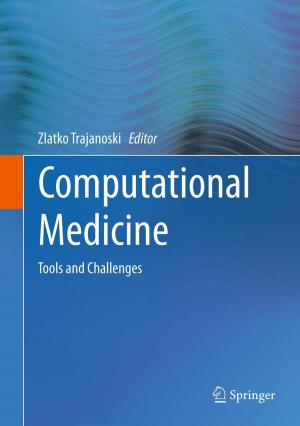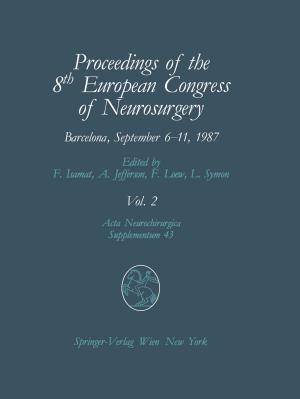Microvascular Corrosion Casting in Scanning Electron Microscopy
Techniques and Applications
Nonfiction, Science & Nature, Science, Biological Sciences, Biochemistry, Health & Well Being, Medical, Medical Science, Anatomy| Author: | S.H. Aharinejad, A. Lametschwandtner | ISBN: | 9783709192306 |
| Publisher: | Springer Vienna | Publication: | December 6, 2012 |
| Imprint: | Springer | Language: | English |
| Author: | S.H. Aharinejad, A. Lametschwandtner |
| ISBN: | 9783709192306 |
| Publisher: | Springer Vienna |
| Publication: | December 6, 2012 |
| Imprint: | Springer |
| Language: | English |
Several methods have been used to demonstrate the vasculature of different organs in man and other species. Many attempts to evaluate the precise microangioarchitecture of organ systems remained unproductive, others were controversial. The development of electron microscope in thirties opend new perspectives in researching microvascular systems. Transmission electron microscopy provided a two-dimensional view on microcirculatory system at higher magnifications, however, its standardization was delayed unnecessarily. The use of methyl methacrylate and related compounds for obtaining replicas of vascular beds, and their study in scanning electron microscope opened a new window in micromorphological research. For the first time, a three-dimensional image analysis of the vascular system was possible. The microvascular corrosion casting method has meanwhile attracted the interest of many contemporary scientists. Its application to medical and biological problems justify it to be used as a routine method for microvascular investigations. The first investigators who used this method, focused either on methodological details or they dealt with the normal microanatomy of organs. The advantages of this method in demonstrating pathological microvascular patterns are also evident.
Several methods have been used to demonstrate the vasculature of different organs in man and other species. Many attempts to evaluate the precise microangioarchitecture of organ systems remained unproductive, others were controversial. The development of electron microscope in thirties opend new perspectives in researching microvascular systems. Transmission electron microscopy provided a two-dimensional view on microcirculatory system at higher magnifications, however, its standardization was delayed unnecessarily. The use of methyl methacrylate and related compounds for obtaining replicas of vascular beds, and their study in scanning electron microscope opened a new window in micromorphological research. For the first time, a three-dimensional image analysis of the vascular system was possible. The microvascular corrosion casting method has meanwhile attracted the interest of many contemporary scientists. Its application to medical and biological problems justify it to be used as a routine method for microvascular investigations. The first investigators who used this method, focused either on methodological details or they dealt with the normal microanatomy of organs. The advantages of this method in demonstrating pathological microvascular patterns are also evident.















